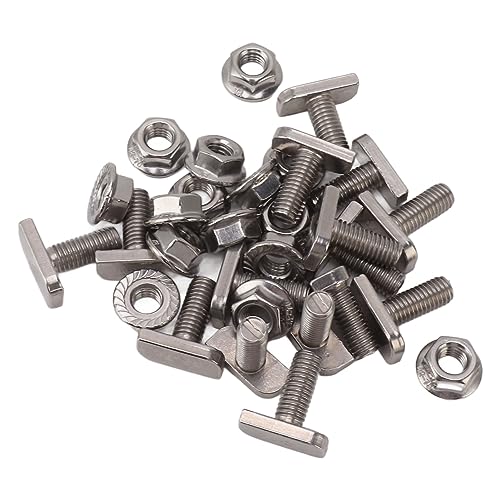L Plate
Senior Member
- Joined
- May 22, 2009
- Messages
- 250
- Reaction score
- 0
Good day all,
From my previous thread , the lighting circuit , radial circuit and the switch fuse to CU ..
http://www.talk.electricianforum.co.uk/showthread.php?t=9776
With all your help regarding dead testing , It really give me the very clear idea on how to do the Continuity test and Insulation resistance test , Please can anyone help me how to do the Polarity test for
a) lighting circuit
B) power circuit
c) SWA circuit
I have read the OSG page 75 / 9.3.1 ( testing checklist ) 612.2 but it does not clear to me
I think ( not so sure ) some method in continuity will be the reading for polarity ?? not really sure about this ..please can anyone give me a clear idea
BTW in college we are using FLUKE 1652 TESTER
thanks again
Good day to all
From my previous thread , the lighting circuit , radial circuit and the switch fuse to CU ..
http://www.talk.electricianforum.co.uk/showthread.php?t=9776
With all your help regarding dead testing , It really give me the very clear idea on how to do the Continuity test and Insulation resistance test , Please can anyone help me how to do the Polarity test for
a) lighting circuit
B) power circuit
c) SWA circuit
I have read the OSG page 75 / 9.3.1 ( testing checklist ) 612.2 but it does not clear to me
I think ( not so sure ) some method in continuity will be the reading for polarity ?? not really sure about this ..please can anyone give me a clear idea
BTW in college we are using FLUKE 1652 TESTER
thanks again
Good day to all































































